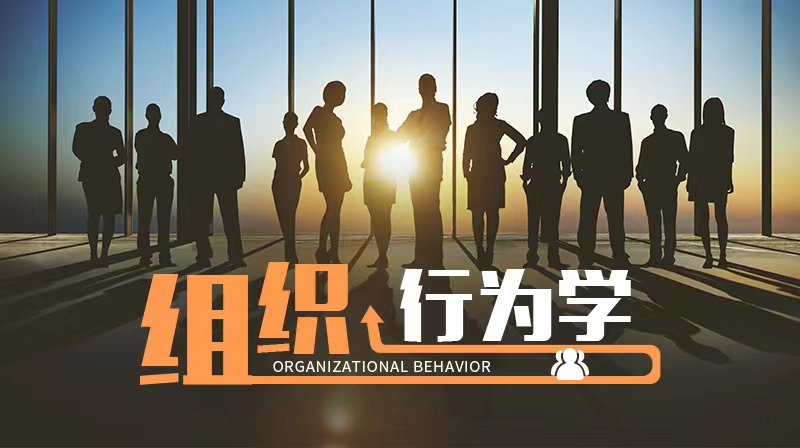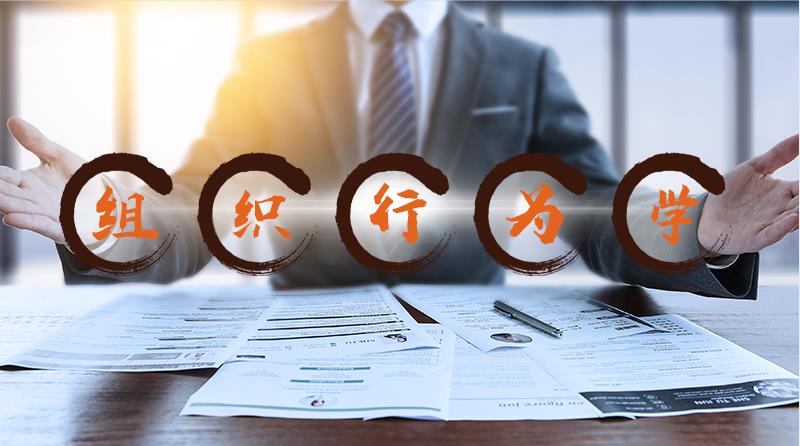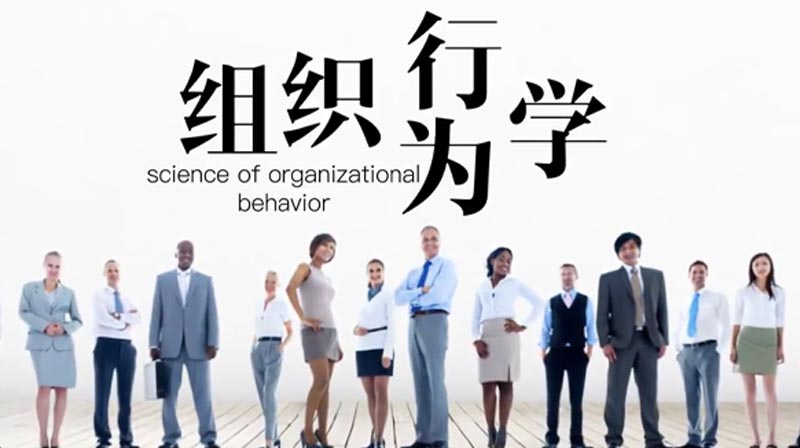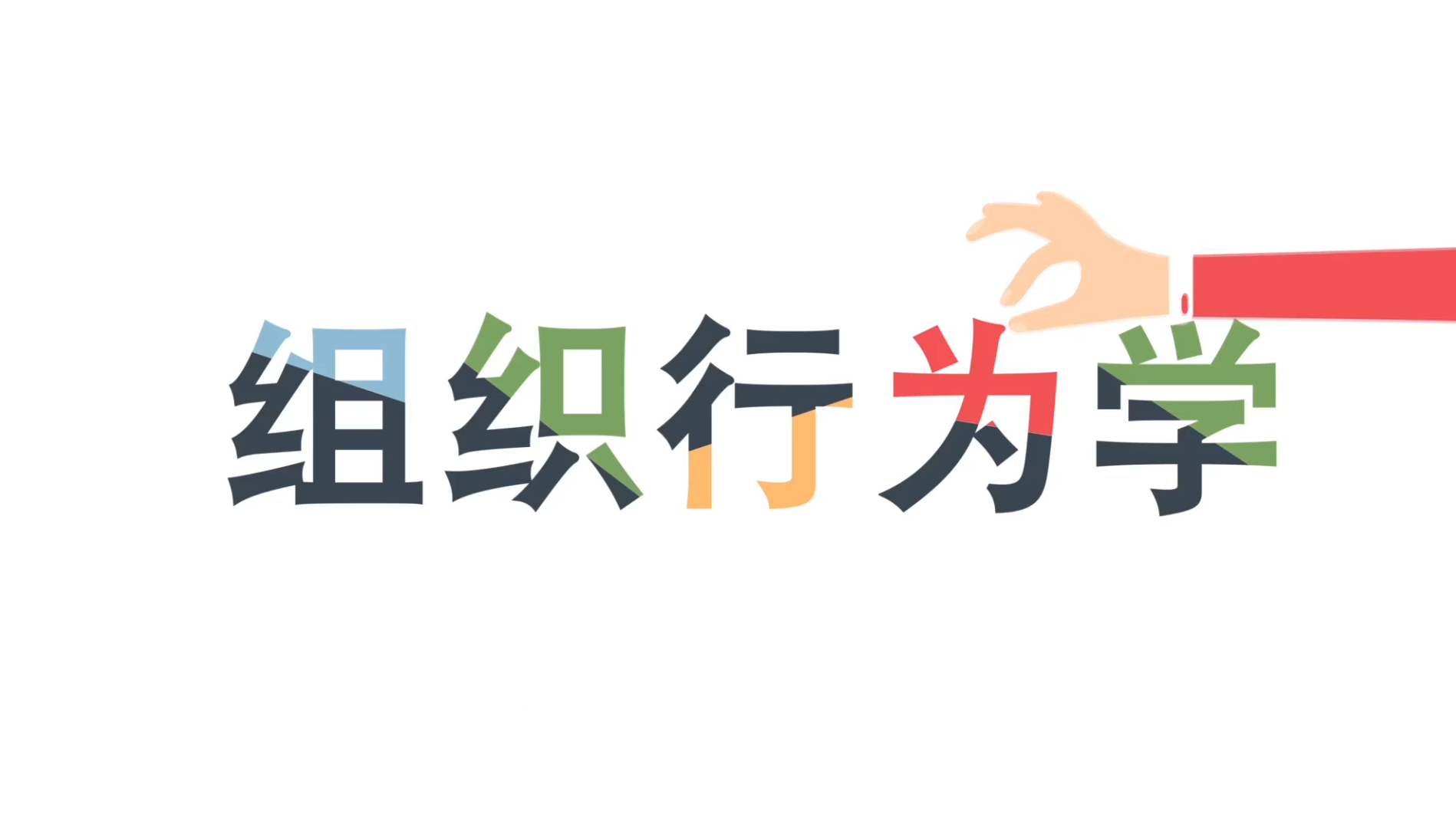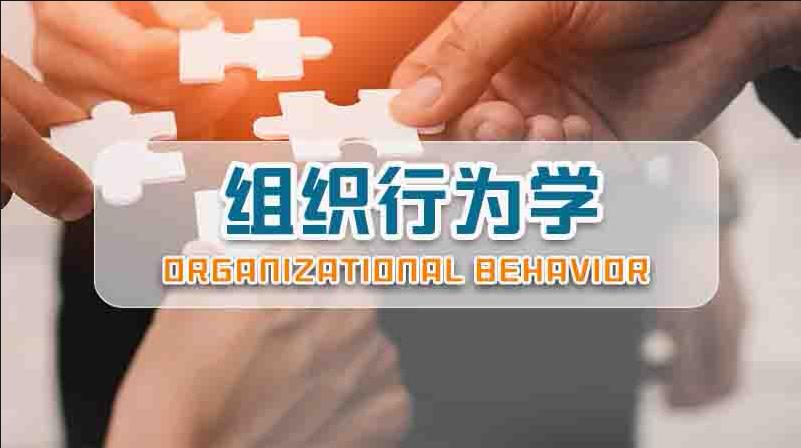第十六章测试1.Which of the following does not belong to the forces for change?( )
A:technology and social trends
B:economic shocks and competition
C:nature of the workforce
D:group inertia
答案:D
2.Resistance to change doesn’t necessarily surface in standardized ways. It can be overt, implicit, immediate, or deferred. True or false?( )
A:对 B:错 3.Major individual sources for resistance to change are structural inertia, limited focus of change, group inertia, threat to expertise, threat to established power relationships. True or false?( )
A:错 B:对 4.Resistance can be reduced through( )to help them see the logic of a change.
A:increasing employee income
B:communicating with employees
C:threatening employees
D:praising employees
5.Lewin's three-step model points out that successful change in organizations should follow 3 steps: unfreezing the status quo, movement to a new state, and( ) .
A:go back to the original status
B:movement to another new state
C:refreezing
D:keep on moving
6.Kotter's eight-step plan for implementing change is built on Lewin's three-step model. True or false? ( )
A:错 B:对 7.The process of action research consists of five steps: diagnosis, analysis, feedback, action, and ( ) .
A:consolidation
B:perfection
C:evaluation
D:decision
8.All of the following are organizational development techniques for bringing out change, except ( ) .
A:intergroup development
B:result consultation
C:appreciative inquiry
D:survey feedback
9.
There are three categories of potential stressors: individual, organizational, and( ) .
A:financial
B:informal
C:environmental
D:formal
10.Stress shows itself in a number of ways. These can be subsumed under three general categories: physiological, psychological, and ( )symptoms.
A:individual
B:social
C:economic
D:behavioral
温馨提示支付 ¥4.99 元后可查看付费内容,请先翻页预览!
